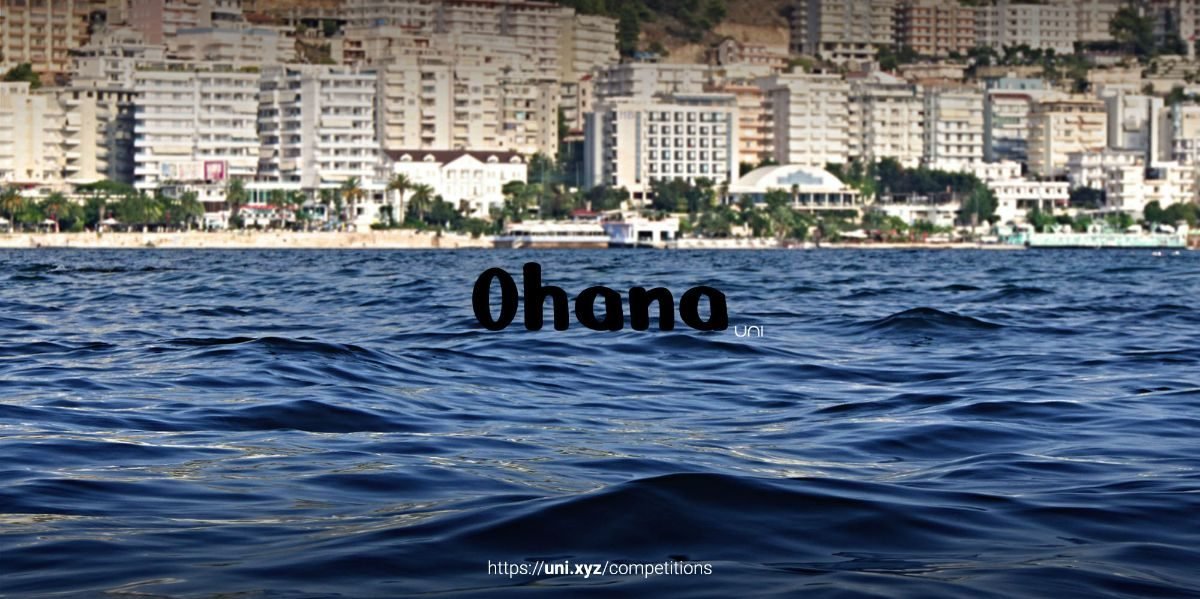Ohana – Challenge to design a flood resilient neighbourhood
Ohana – Challenge to design a flood resilient neighbourhood

SHORELINE FLOODING AND RISING SEA-LEVELS
There has been a one-foot rise in sea level over the last century, on a global level. At this rate, by 2050, up to $106 billion worth of coastal property will likely be below sea level. Long term mitigation actions are in place, but the shoreline communities in coastal regions are experiencing the effects of the rise, right now.
Coastal regions are dense, economic centers of human activity. The rise in sea levels poses threats of intense coastal storms and flooding in these regions. The shoreline infrastructure offers the first line of defense against coastal flooding, but they are also at high risk due to the low-lying land and there are no strategies to protect them.
The sea level is predicted to rise 9 inches by 2030, 21 inches by 2050 and 36 inches by the year 2070. Waterfront neighborhoods are vulnerable in this scenario and preventive measures are being taken to ensure the survival of these communities.
OBJECTIVES
Resilient: The design must be able to mitigate floodwaters that may enter the land of the site.
Sustainable: Design must employ Eco-friendly material, technology and local resources.
Modular: Some of the strategies can be implemented in coastal neighborhoods over the city, maybe country, retrofitting made possible for existing neighborhoods.
Context: The design must respond to the (existing) site conditions. The wider socio-cultural, economic and environmental settings are to be considered in the design approach.
The neighborhood is to be built with 100 dwelling units. Strategies can be proposed on the individual dwelling unit level and the neighborhood level.
The following programmatic outline is the point to begin your design at. You can add more functions and activities in relevance or modify the below design programme.
Housing: Build variants of 100 dwelling units with bathroom, sleeping and kitchen areas (2 types: 30 sqm and 60 sqm each)
Economical: community gardens, local markets, retail shops
Social: Squares, courtyards, gardens, play area for kids
Water resistance should be to the point where a slight sea-level rise may flood the neighborhood gradually. So, strategies must be in response to this scenario where the community itself can become an efficient drainage mechanism before letting the flooding enter into the city. The flood prevention must come at a minimal cost to the water neighborhood itself.
The challenge is to design a waterfront neighborhood to be flood resilient in the event of a water level rise.
The neighborhood will be built on an at-risk site in a coastal city. The design must be an ideal form of construction that can be replicated in regions with similar issues. The design must respect the existing site features and topography.
Link to Registration form
Winner 6000$
Runner – Up – 1400$ x 6
People’s Choice – 600$ x 4
Honorable Mention – 600$ x 12
Open to the public/Minimum requirements (Open to anyone that complies with the requirements), Single stage (Winners selected immediately)
The minimum eligible age for participation is 18 years.The competitions are open worldwide for designers from any discipline.You can participate as an individual or as a team of a maximum of 4 members.All students and professionals can participate in the competitions.
Registration Opens April 8, 2022
Registration Closes April 11, 2022
Deadline to Submit Project April 12, 2022
Winners announcement Date June 9, 2022
Location of Project (if developed)
Banner, Poster, Brochure or Triptic of Competition




